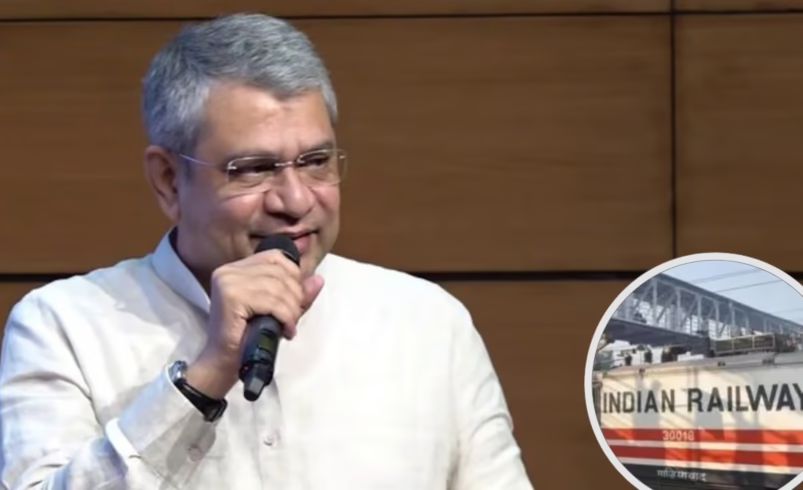Cabinet clears ₹24,634 crore railway projects to boost connectivity
- October 7, 2025
- 0

The Union Cabinet has approved four significant railway infrastructure projects valued at ₹24,634 crore, marking a major step toward strengthening India’s transport network. Spread across Maharashtra, Madhya Pradesh, Gujarat, and Chhattisgarh, these initiatives are designed to expand the nation’s rail capacity by nearly 894 kilometers. The move is expected to improve passenger convenience and accelerate freight movement across key industrial and agricultural regions.
The newly sanctioned projects represent one of the largest coordinated efforts to upgrade India’s rail corridors in recent years. With a combined investment exceeding ₹24,000 crore, the focus lies on enhancing both passenger and freight operations. The expansion will help decongest existing routes while enabling faster and more efficient transportation of goods such as coal, cement, steel, and agricultural produce.
Maharashtra, Madhya Pradesh, Gujarat, and Chhattisgarh are set to gain significantly from this development. Each state plays a crucial role in India’s industrial ecosystem—ranging from manufacturing hubs to mineral-rich belts—and improved rail connectivity is expected to stimulate regional economies. The addition of 894 kilometers of new track will also create smoother inter-state linkages and reduce travel times for both passengers and freight trains.
Freight movement remains central to India’s economic growth strategy. The approved projects aim to streamline logistics by easing congestion on heavily used corridors. This will not only improve turnaround times for goods trains but also lower operational costs for industries dependent on rail transport. Enhanced capacity will allow for more consistent scheduling and better utilization of rolling stock.
Beyond freight operations, the expansion promises tangible benefits for millions of daily commuters. By adding new lines and upgrading existing infrastructure, the projects are expected to increase train frequency and reliability. Reduced congestion on busy routes will lead to smoother journeys and improved punctuality—key factors in making rail travel more attractive compared to road transport.
Railways have long been considered the backbone of India’s infrastructure framework. These new projects align with broader national goals of sustainable mobility and economic integration. Improved connectivity between industrial centers and ports will support trade efficiency while reducing carbon emissions through greater use of rail over road transport.
The Cabinet’s decision underscores a continued commitment to modernizing India’s transport systems through targeted investments in critical sectors. As construction progresses across the four states, the resulting network expansion is expected to deliver lasting benefits—strengthening supply chains, generating employment opportunities, and fostering balanced regional development across central and western India.